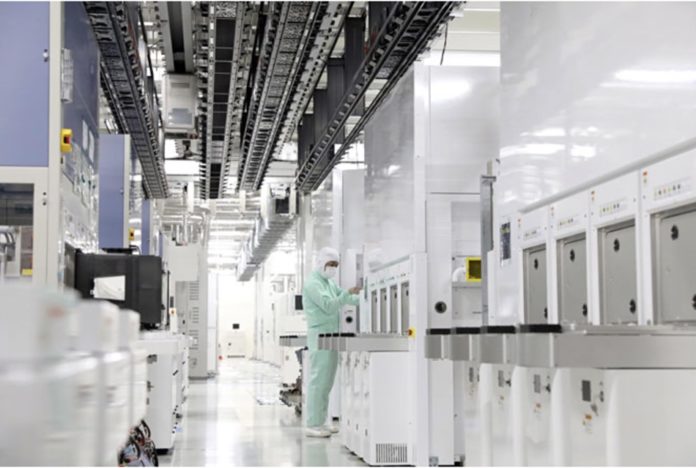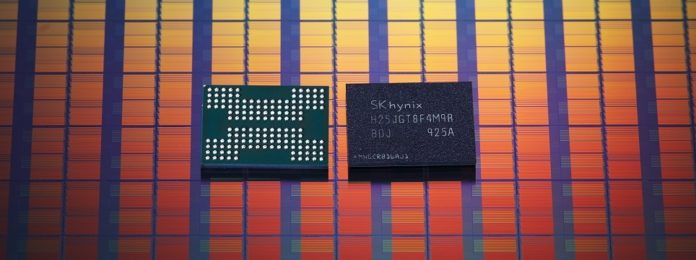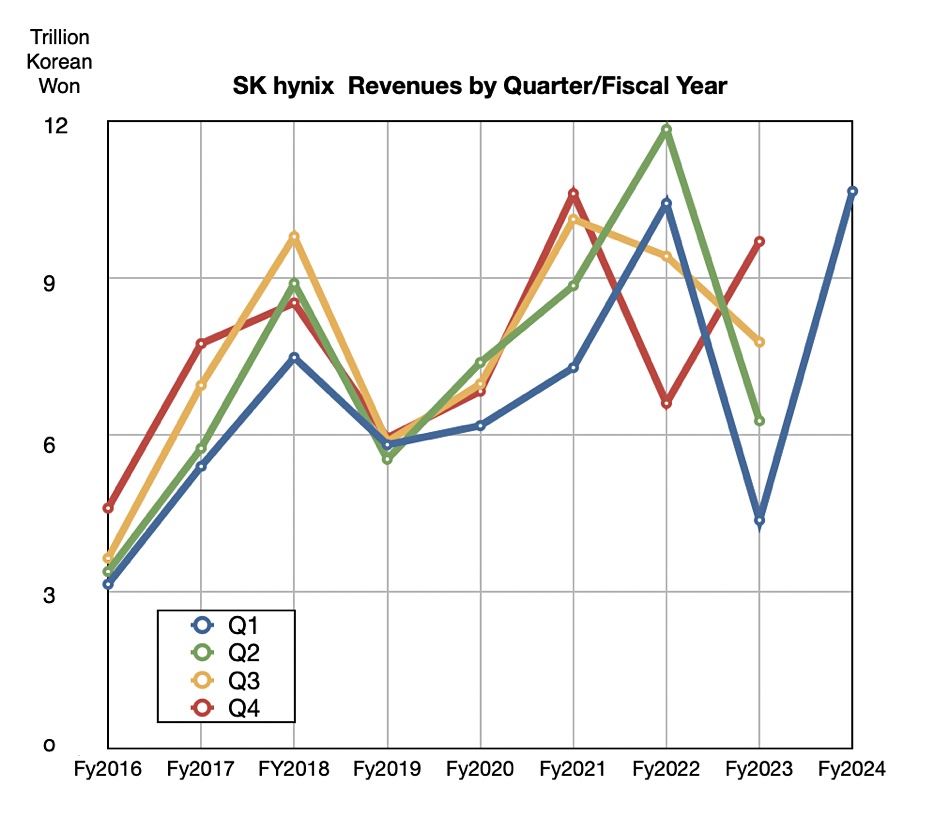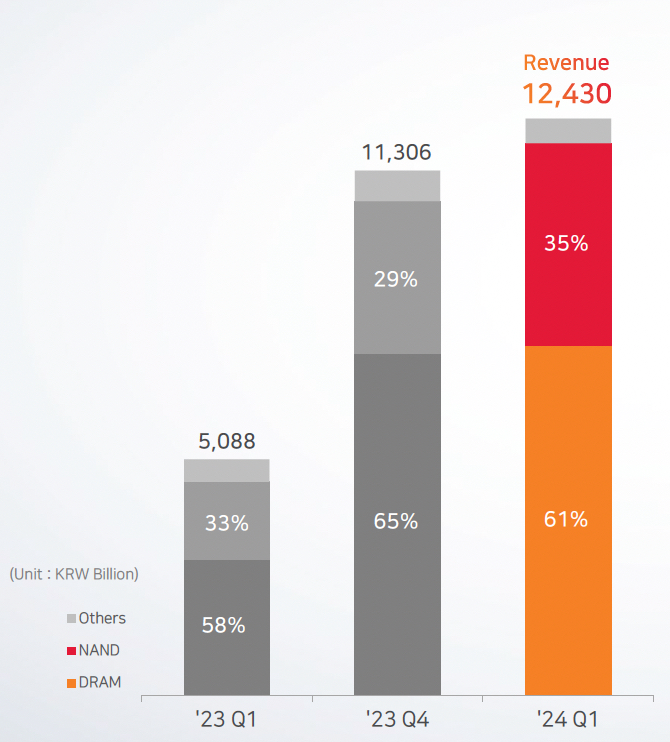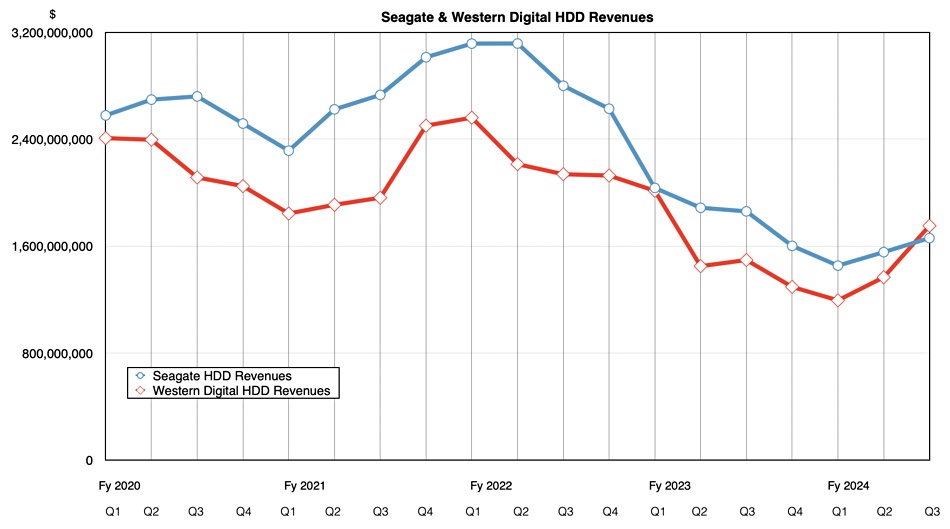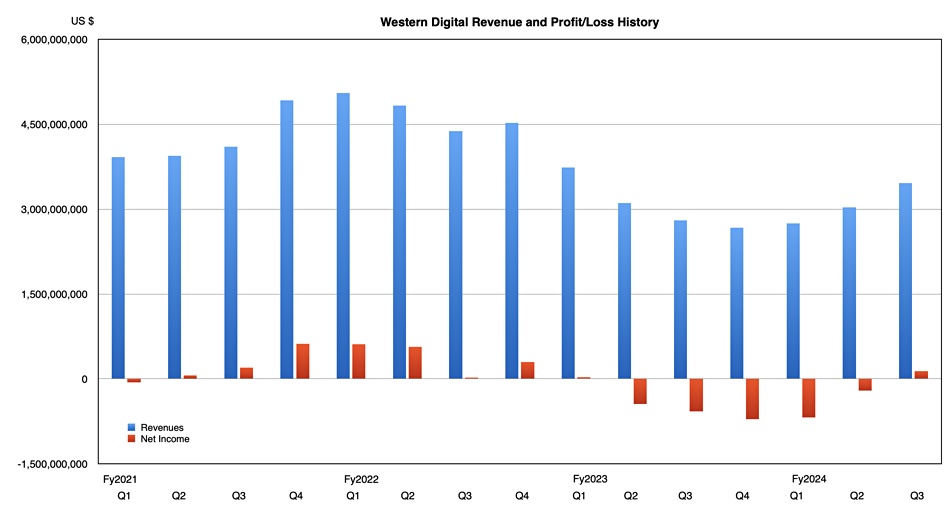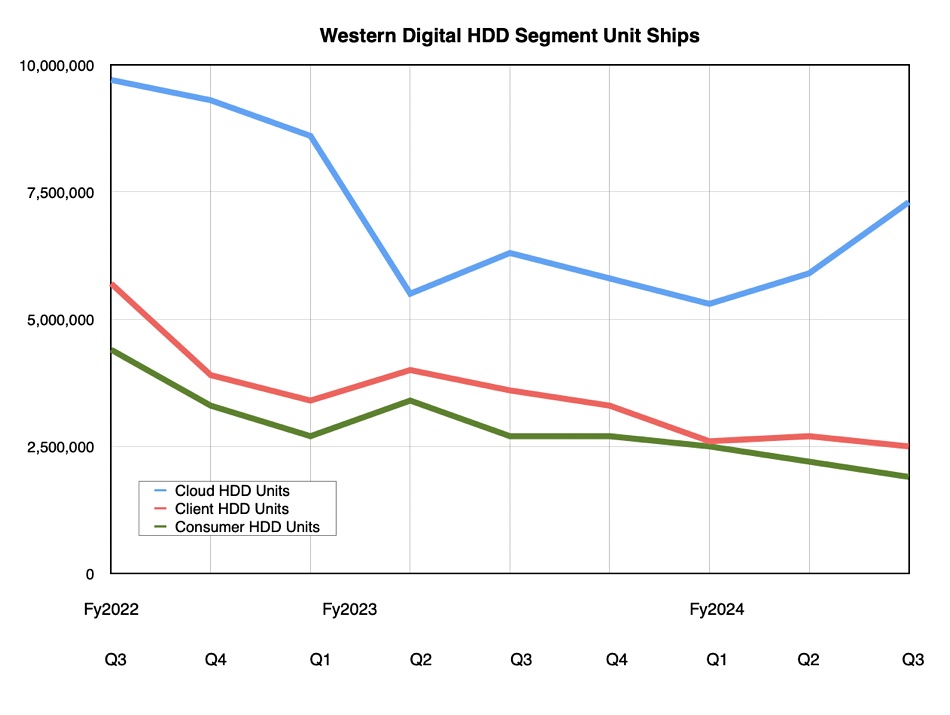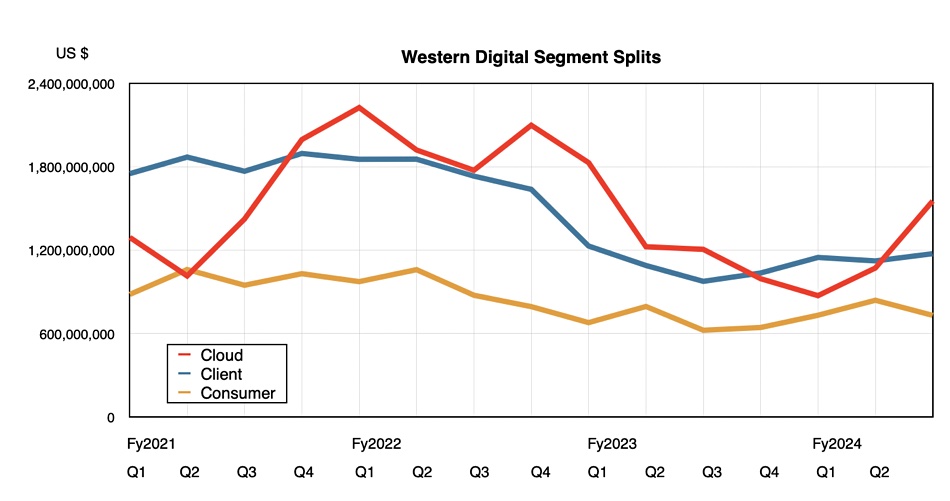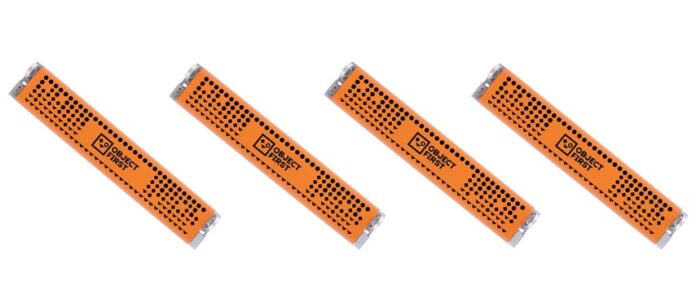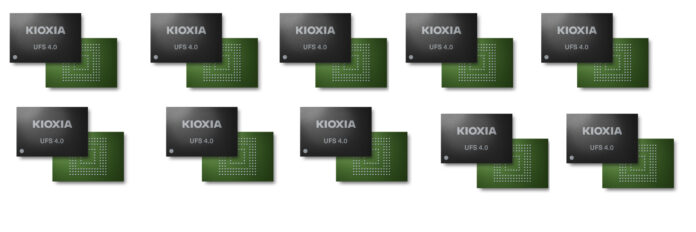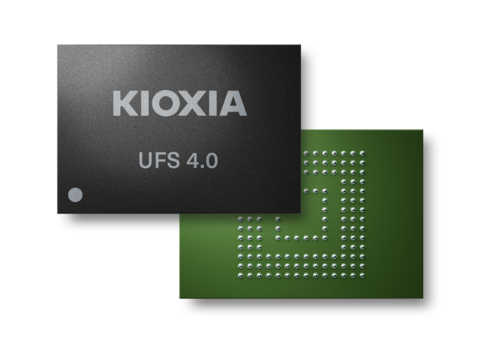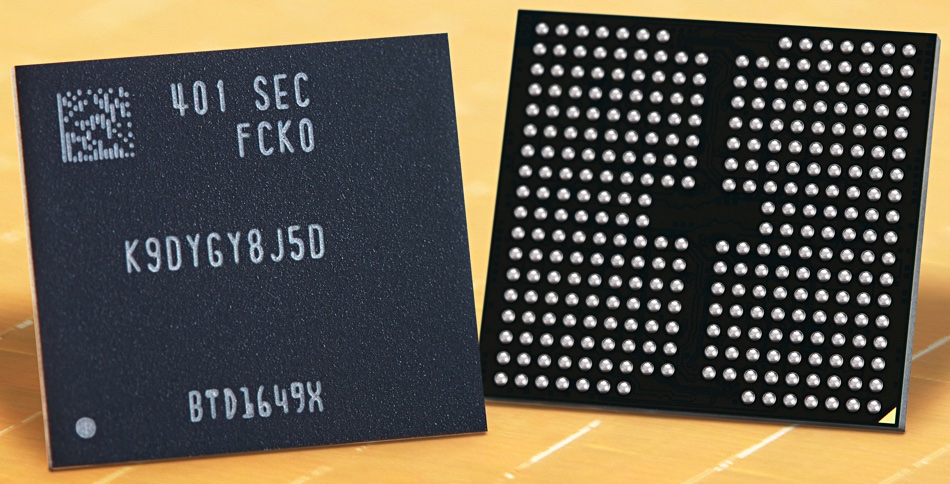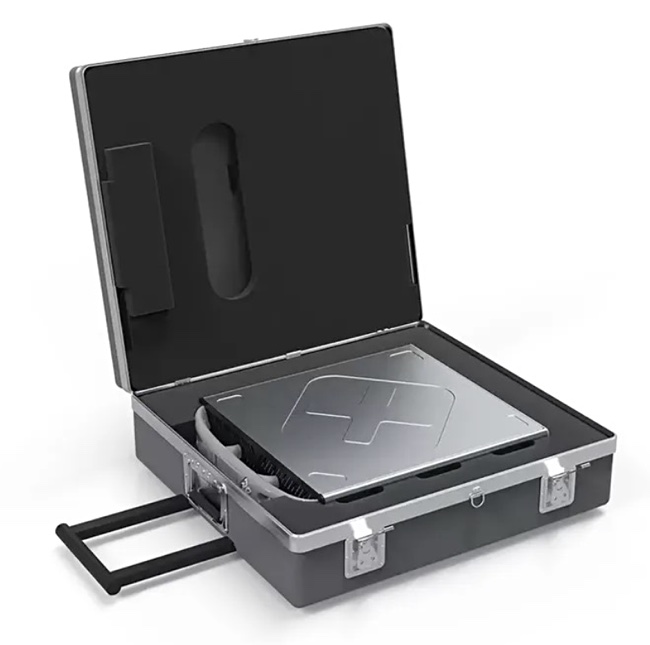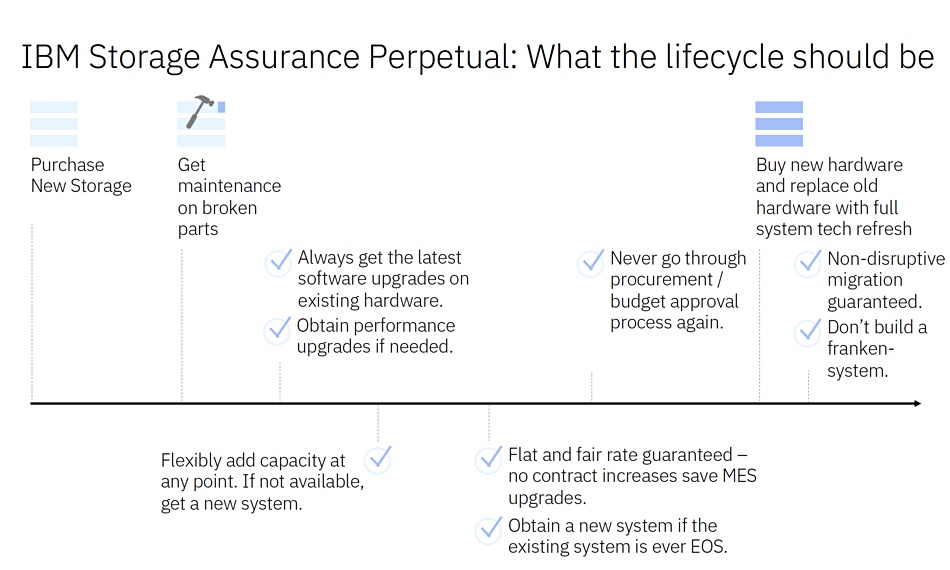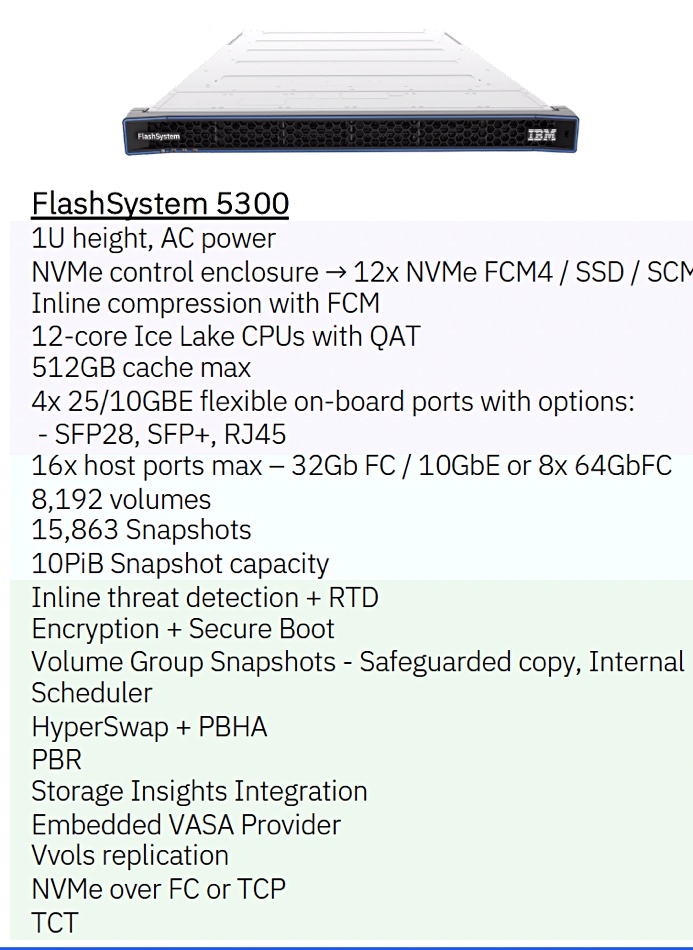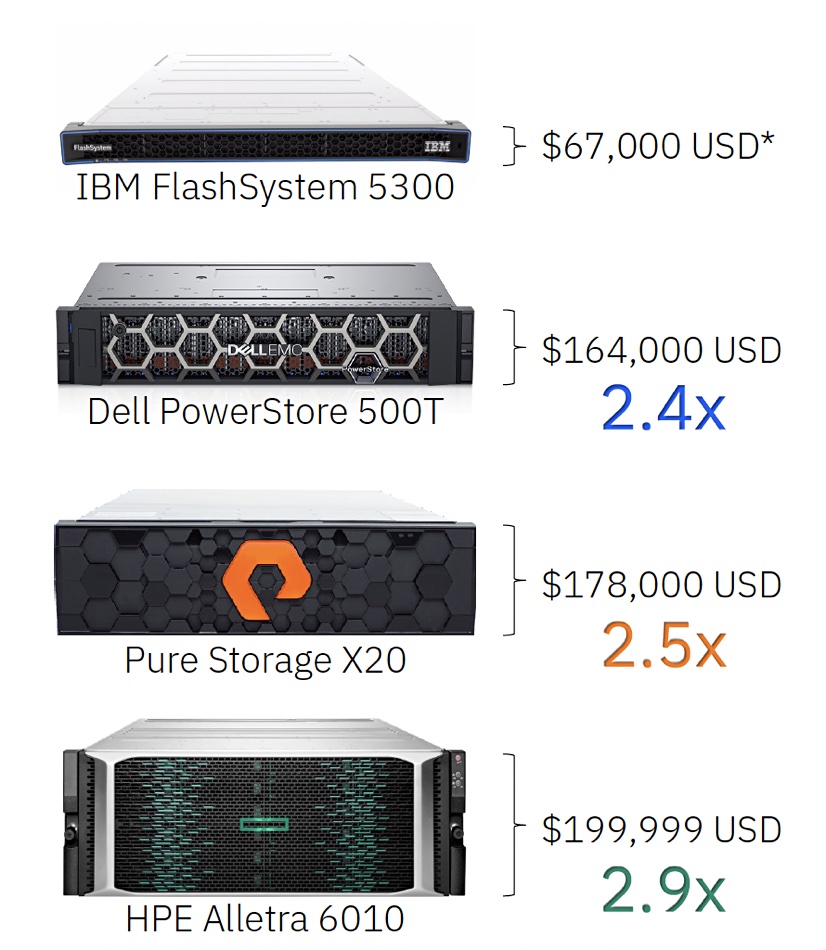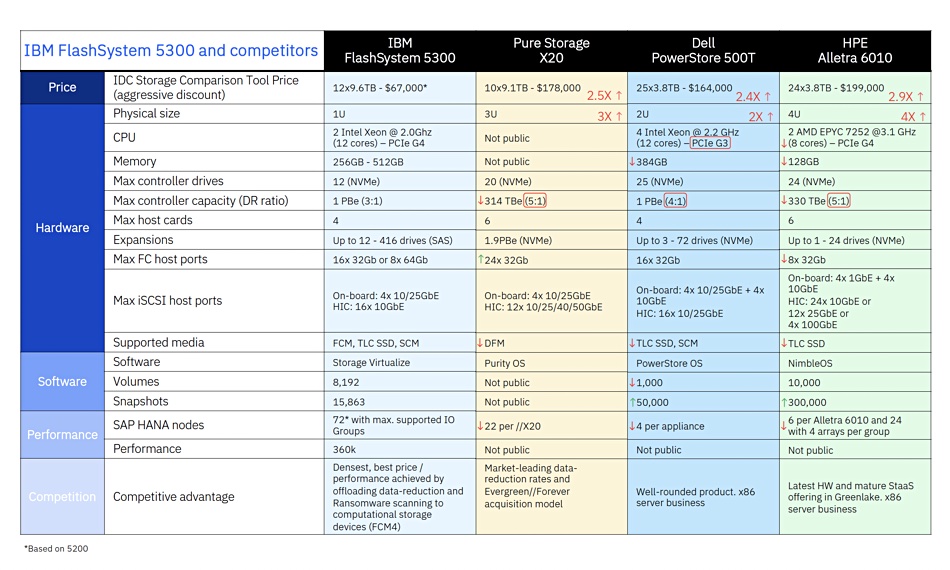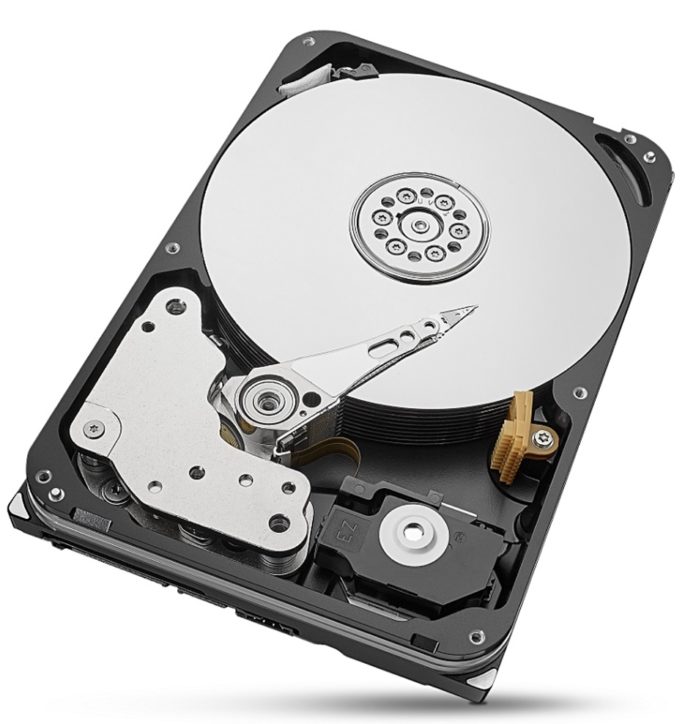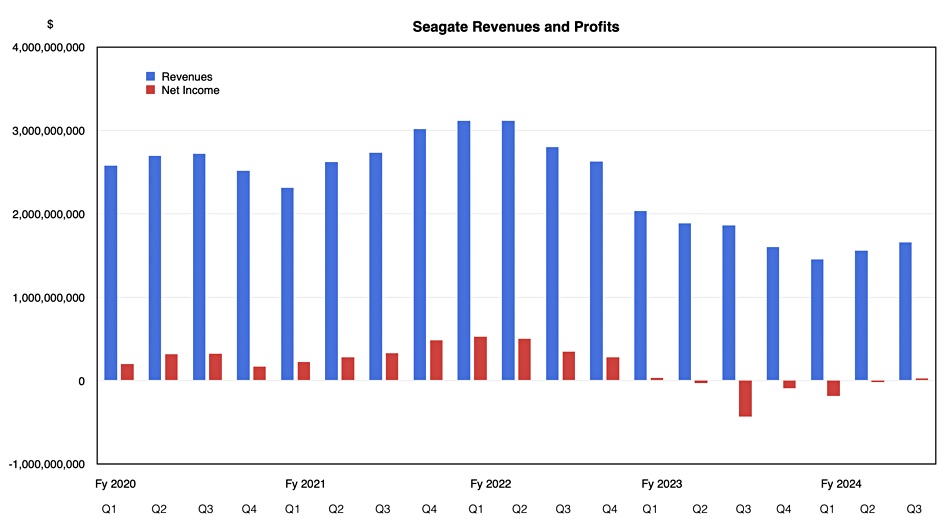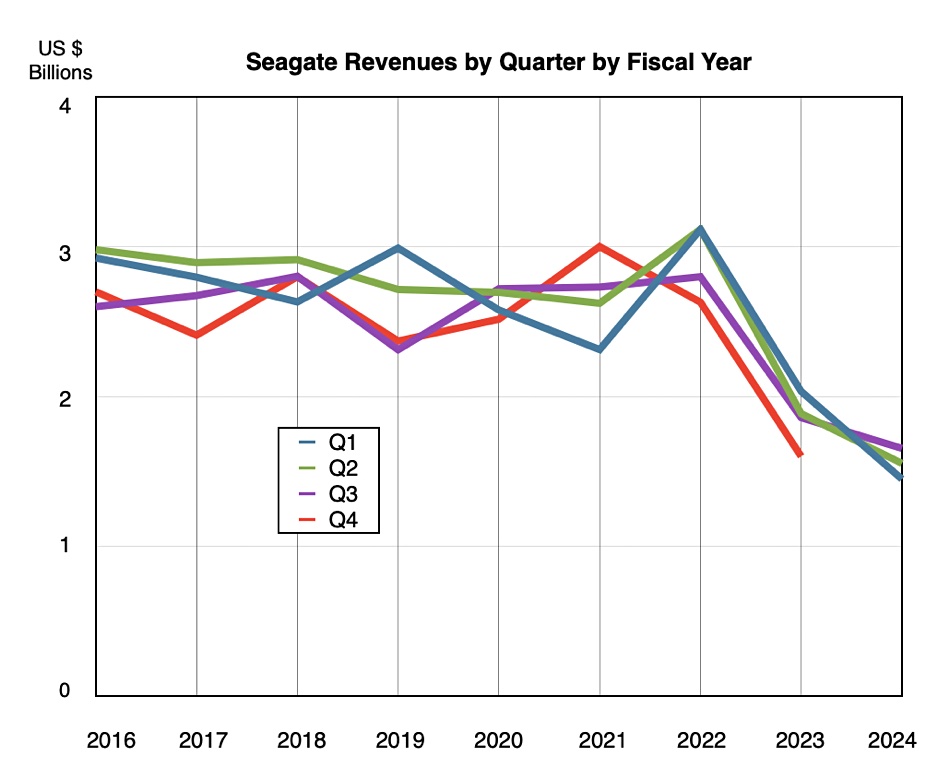COMMISSIONED: All organizations today use information technology (IT) to deliver their value. While the intensity and depth of reliance on IT varies across industries and individual entities, software applications serve as the engine of innovation and data serves as the fuel for the engine.
What has changed in the last decade is a dramatic increase in the distribution of locations across which applications and data reside. They used to reside in a climate-controlled datacenter or a dark computer room in a corner, but today IT infrastructure is distributed across private (edge, datacenter, or colocation facilities) and public cloud locations. Organizations need to leverage both, often referred to as multicloud, to enhance customer experiences and optimize the delivery of services. Recent research by TechTarget’s Enterprise Strategy Group (ESG) shows that 88 percent of organizations agree that leveraging multiple public cloud providers delivers strategic benefits; 87 percent stated that their application environment will become distributed across more locations over the next two years. In addition, 86 percent indicated they regularly migrate applications and/or data from on-premises locations to the public cloud.
This increased distribution of IT infrastructure has brought benefits of agility, geographical reach, and democratized access to technology, but it has created challenges. Diverse locations often have fundamentally different configurations and interfaces. This has dramatically increased complexity of operations, fractured information assets into disparate pools of data, and increased the cost of managing and maintaining that infrastructure.
An industry example
Let’s explore the impact of multicloud operations in an example industry. Retail operations are all about selling goods, and the industry has benefited from software-driven automation and intelligence increasingly deployed across distributed locations. Retailers today need to provide an omnichannel experience to meet customers where they are. The IT that supports this has followed. A retailer is likely to use private infrastructure to host its e-commerce platform, CRM systems, and inventory management to remain compliant, and deliver the right performance and reliability for core applications. However mobile application interfaces may be served from a public cloud location. Other common uses for public cloud include access to scalable analytics or GPU as-a-service for AI model training and personalized product recommendations. Bricks-and-mortar stores or kiosks are edge locations that gather and process transactional data.
Most industries have similar requirements that drive the need for multicloud infrastructure, and those requirements are best served by establishing a universal storage layer across locations. But what in the world is a universal storage layer?
To achieve agile, secure, efficient operations across a multicloud data landscape there are two fundamental requirements: common storage services across locations and centralized management. A universal storage layer is created when storage services with the same underlying architecture are deployed across multiple locations. Whether it is block, file or object storage or even protection storage, having a common set of storage services across locations translates to consistency and control. It reduces the need for custom processes to move data between locations, making it easier to take advantage of the inherent benefits of multicloud environments.
Let’s focus on the data storage aspects of the retail scenario. If a retailer is capturing unstructured data such as real time point-of-service streams in a retail edge setting and then gathering it in a central location, they need an enterprise NAS solution in their datacenter with file storage services for the aggregated data. If they want to move that data to another location to analyze it – perhaps leveraging a public cloud service – having the same software-defined file storage in the public cloud creates a universal file storage layer. That universal storage layer eliminates friction, enabling seamless mobility of file data to the right location for storage or processing. Also, common storage services mean better security through consistent controls for things like managing individual storage instances and establishing policies for access control or recovery points.
Centralized storage management drives efficiency by providing a hub for visibility across the multicloud estate and orchestrating movement between locations. The foundation of common storage services creates a universal storage layer that enables consistent, centralized management.
How Dell makes this work
Organizations are embracing multicloud at an unprecedented pace. They want to benefit from geographic flexibility and access to unique services (like data analytics and model training) available in the public cloud. They also continue to depend on the reliability, high-performance, compliance and control of private locations. Dell has the solution to manage the complexities of this diverse multicloud ecosystem.
Dell is recognized as a leader in Gartner’s Magic Quadrants for Primary Storage, File Storage and Data Protection Storage. Our huge and growing customer base in private (on-premises) environments is testimony to decades of leadership in providing storage solutions that are scalable, resilient, secure, and efficient. We’ve now taken these leading software-defined storage solutions for block, file, object, and protection storage and created Dell APEX Storage for Public Cloud. It is a whole family of public-cloud-based storage services designed to work with any workload running in the public cloud providing value-added capabilities not supported by native cloud storage services. This extension of common storage services from on-prem to cloud environments lends customers the ability to use Dell software-defined storage in multiple environments. These common storage services across locations create a universal storage layer, enabling organizations to leverage best-in-class technology wherever their business needs dictate.”
A complementary new offer is Dell APEX Navigator for Multicloud Storage. It is a centralized and streamlined management plane for our storage solutions that provides a simplified experience and reduces manual effort. It accelerates productivity with automated deployment of public cloud storage and integrates with preferred automation tools such as Terraform through standardized APIs. It provides visibility across your multicloud storage estate and is a foundation for secure multicloud operations facilitating Zero-Trust adoption with capabilities like Single Sign On and Federated Identity.
The Enterprise Strategy Group whitepaper analyzes the impact of creating a universal storage layer with Dell on-premises storage and APEX Storage for Public Cloud Storage orchestrated by Dell APEX Navigator for Multicloud Storage. It quantifies the benefits of cost optimization, increased productivity, enterprise-grade resilience, business acceleration and agility. It also lays out a specific example of a three-year savings of 42 percent for multicloud storage infrastructure.
Partners on your multicloud journey
While this blog cites a retail example, distributed applications are the reality across industries. We highlighted the challenges around data storage that arise when an organization starts to enable those applications across private (including datacenter, edge and colocation facilities) and public cloud locations. The solution lies in the implementation of common storage services and centralized management – what we have termed “a universal storage layer” across locations.
Dell’s data-centric multicloud solutions strategy, featuring common storage services that can be implemented across locations to create a universal storage layer, makes it the right partner for your multicloud journey.
To learn more about data mobility and optimizing costs with Dell software-defined storage, APEX Storage for Public Cloud and APEX Navigator, read this ESG report: Measuring the Operational Benefit of Dell APEX Navigator for Multicloud Storage. For more information on APEX Navigator for Multicloud Storage please visit dell.com/navigator. For more information on APEX Block Storage for AWS visit dell.com/apex-block.
Brought to you by Dell Technologies.







